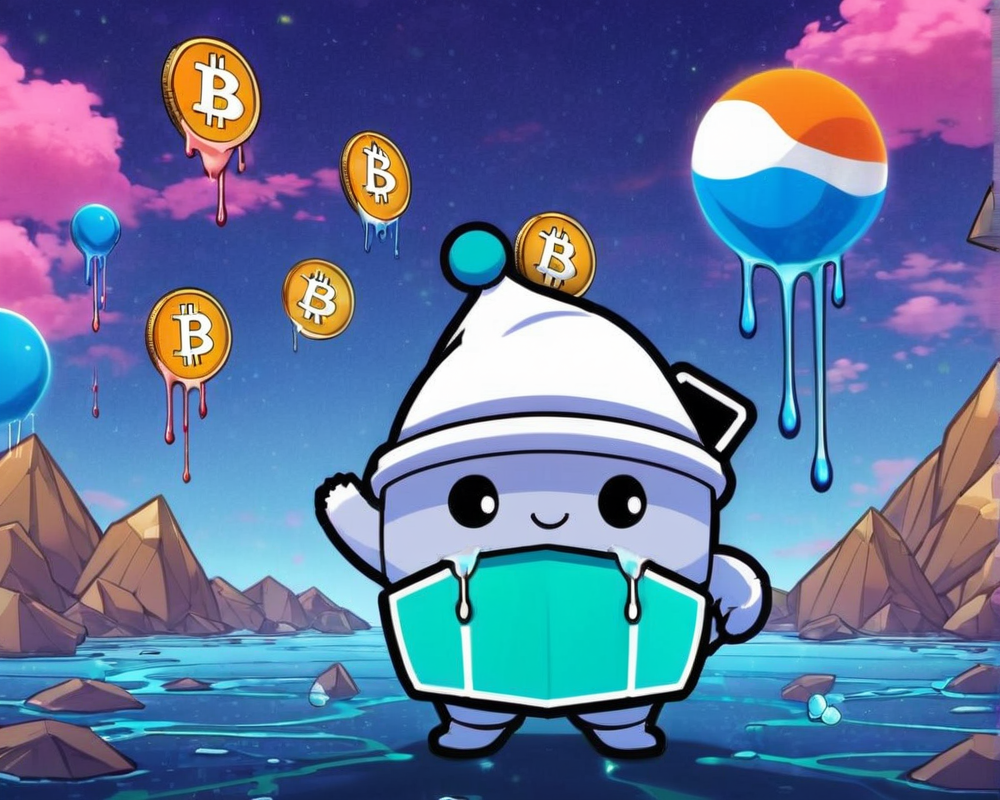The Big News: Block.One Enters the Arena
On November 13, Block.One, the brains behind the EOSIO software, made headlines by announcing its intent to dive into the election of block producers (BPs) on the EOS blockchain. Who knew a “small, but significant” token holder could create such a stir? Holding less than 9.5% of EOS’s circulating supply, Block.One is set to hold a voting power that’s more substantial than the slice of pizza you regret sharing.
Understanding Block Producer Elections
The EOS chain operates under a delegated proof-of-stake (DPoS) model, where 21 block producers are elected by token holders to keep the network chugging along. Think of it like a high-stakes popularity contest, but instead of high school drama, it’s all about transactions and block validation. With Block.One joining in, the firm aims to ensure the EOS network stays ahead of the game.
Block One’s Strategy and Future Plans
Block.One’s announcement included the admission that it might not keep that 9.5% stake for long, as the creation of new coins will dilute their holdings. However, don’t let that fool you; they’re not just here for the snacks. By participating in voting, they plan to join the ranks of other token holders in shaping the future of EOS.
EOS versus Traditional Blockchain Networks
Let’s face it: while some traditional blockchains are slow as molasses in January, EOS promises a speedier experience. With 21 trusted BPs, EOS can maintain an impressive half-second block time and over 5,000 transactions per second. Meanwhile, other networks are left wondering why their transactions take longer than waiting for a pizza delivery.
Decentralization Concerns:
However, don’t count out concerns regarding decentralization. Critics argue that fewer nodes might lead to power concentration. But Block.One chirps back with the reassurance that EOS is better than the high-energy-consuming Proof of Work blockchains, which could rival a small city’s electricity usage!
Eidos Airdrop Congestion: A Wake-Up Call
Recently, the EOS network faced some hiccups when the EIDOS token airdrop caused congestion so serious that users felt like they were stuck in line at a DMV office. CPU time surged by over 100,000% in just four hours. So, what does this mean? EOS may need to tighten its bootstraps to handle the pressure as Block.One gets involved in the voting process.
Conclusion: The Road Ahead for EOS
As Block.One leaps into the election fray, the fate of the EOS network lies in the hands of its voters—and potentially a hefty slice of its pizza-loving community. With its commitment to ensuring smooth sailing ahead, all eyes will be on Block.One and how it shapes the future of EOS.




